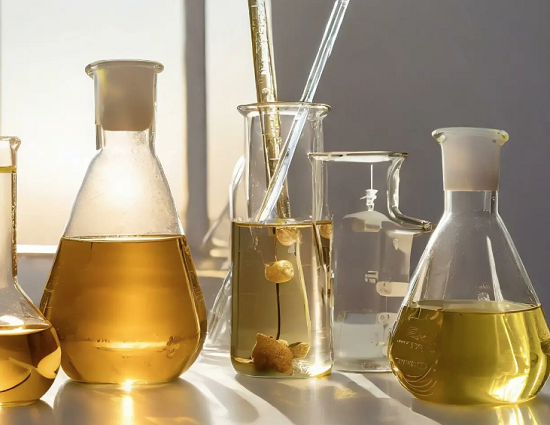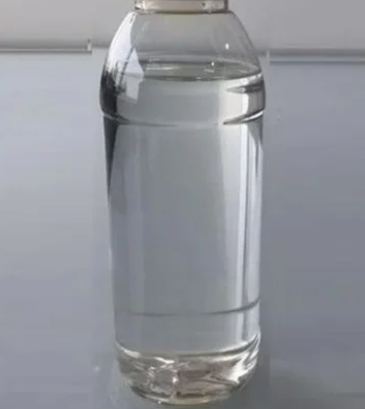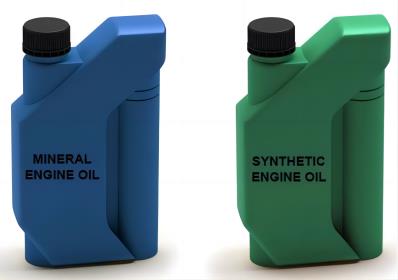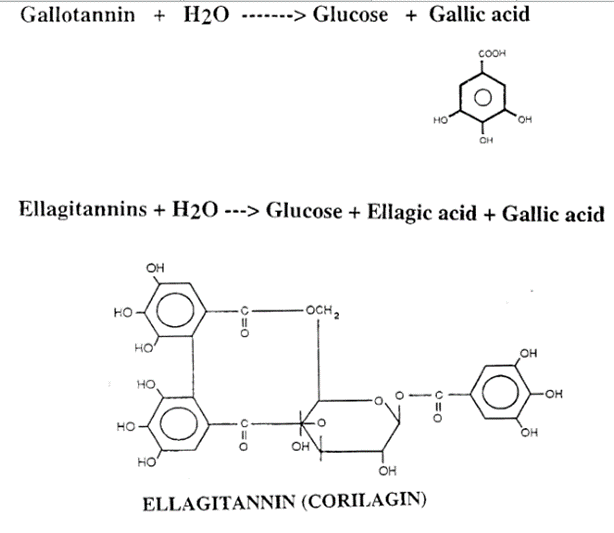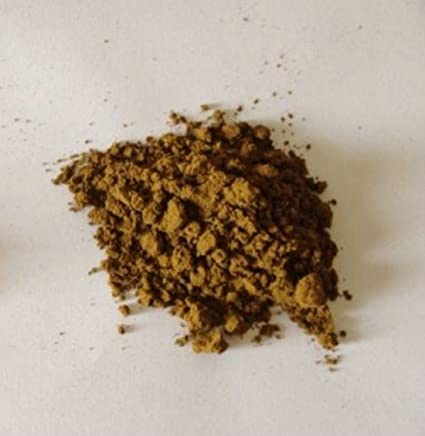Mineral oil and Health
General description
Mineral oil is an over-the-counter chemical substance made from naturally occurring crude petroleum oil. Mineral oils are colorless, transparent, oily liquids that are odorless and tasteless. They are insoluble in water and ethanol, soluble in benzene, ether, petroleum ether, carbon disulfide, and volatile oils. Mineral oil includes light and heavy fuel oil, lubricating oil, cooling oil and other mineral hydrocarbons. Mineral oil can float on the surface of water and affect the exchange of oxygen at the interface between air and water; It can also disperse in water, adsorb on suspended particles or exist in water in emulsified state. The oil is oxidized and decomposed by microorganisms in water, consuming dissolved oxygen in water and deteriorating water quality. According to the list of carcinogens published by the international agency for research on cancer of the World Health Organization on October 27, 2017, untreated or lightly treated mineral oil is in the list of class I carcinogens, and mineral oil, highly refined, is in the list of class III carcinogens.
Application
1.Release agents used in industrial bakeries, spraying of rice, additions to animal feed, contamination of edible oils from various sources and migration from paperboard packaging. In most cases highly refined (“white”) oils were involved, but also technical oils. From the environment, and more or less crude oil fractions from jute and sisal bags. There were numerous unexpected sources, and there might still be more of those.[1]
2.As a mineral pesticide, the Insecticidal Mechanism of mineral oil is physical suffocation and behavior change, and the bactericidal mechanism is interference. [4] Physical asphyxiation of mineral oil generally adopts spraying method to make the mineral oil form an oil film on the surface of the insect body or egg shell, and enter the valve and trachea of larvae, pupae and adults through capillary action, so as to suffocate the insects; Through penetrating the egg shell, it interferes with the metabolism and respiratory system of the egg, so as to achieve the purpose of killing the egg.
Synthesis
Mineral oil refers to the mixture of refined liquid hydrocarbons obtained from petroleum. Crude oil is often obtained by pressure and vacuum fractionation, solvent extraction, dewaxing and hydrofining[2]. The history of mineral oil analysis in food is strongly influence by the analytical technology that promoted, but in a way also hindered progress. On-line coupled HPLC-GC-FID is the method of choice. It was largely developed in Kantonales Labor Zürich (KLZ), making use of solvent effects and retention gap technology. The first version was successful in 1984, the first automated instrumentation becoming available on the market in 1990. Raw food extracts or solutions of edible oils could be directly injected, which not only provided pre-separation at high performance, but also avoided contamination during sample preparation with virtually ubiquitous MOH. However, up to around 2010, this technique found its way into hardly any control laboratory and, therefore, the KLZ remained alone in analyzing mineral hydrocarbons in food, with correspondingly limited impact.
Figure 1Use of the internal standards in LC-GC-FID analysis. A) elution order in the silica LC column with the internal standards used to mark the end of the Mineral oil fraction and the beginning and end of the Mineral oil fraction. Reprinted with permission. B) LC and GC-FID chromatogram of the Mineral oil fractions.[3]
History
In the 1st century AD, plinythe elder described examples of non pesticide protection of plants with mineral oil in his natural history. In the 17th century, there was an example of applying kerosene directly to citrus trees to control scale insects. In the 18th century, people mixed 15% (mass fraction) kerosene with soapy water to make emulsion and used it as pesticide. At the beginning of the 20th century, people began to study the pest control mechanism of mineral oil. It is considered that 250 ~ 400 ℃ distillate mineral oil is more effective than kerosene; Modern pest control experts believe that the heavier 320 ~ 400 ℃ distillate mineral oil has better control effect. Recent studies have shown that mineral oil with narrow distillation range (30 ~ 50 ℃) has the possibility of optimizing drug efficacy and reducing drug damage. [4] In organic agriculture, although the use of chemical synthetic fertilizers and pesticides is prohibited, some mineral source pesticides permitted in the organic food production standards are allowed. In 1999, agricultural mineral oil was listed as a pesticide that can be used after certification in the "guidance on organic food production" issued by the international food and Agriculture Organization (FAO) and the World Health Organization (who). The National Organic Food Standards Board (NOSB) of the United States lists agricultural mineral oil as the pesticide recommended for organic food production. According to the No.4 standard (MRL standard) of the food standards code of Australia and New Zealand, that is, the maximum residue limit standard, the residue limit requirements of paraffin oil and mineral oil are exempted. The National Sustainable Agriculture Association of Australia (NASAA), as the country's organic food certification unit, allows the use of plant protection pesticides in the production of 11 kinds of organic food, including agricultural mineral oil. Petroleum mineral pesticides are also one of the three types of pesticides (Biogenic Pesticides, mineral pesticides and organic synthetic pesticides) allowed in the guidelines for the use of pesticides in green food production implemented on April 1, 2014.
Storage and Safety
Safety and pharmacokinetics (PK) of the antiparasitic drug ivermectin, Mineral oil is not absorbed or digested in the human intestine. As complex hydrocarbons, mineral oil mainly includes straight chain, branched chain alkanes, alkyl substituted cycloalkanes (mosh) and alkyl substituted aromatic hydrocarbons (moah). In addition, it also contains a very small amount of polycyclic aromatic hydrocarbons without alkyl substitution and sulfur-containing and nitrogen-containing compounds. The accumulation of mosh in human body through diet is the largest, and the parts with the highest content of mosh are lymph nodes and spleen. Mosh has low to medium toxicity. If you eat mosh contaminated food for a long time, it will bring great damage to human health. In general, food grade white oil (Liquid Paraffin) is basically mosh, while industrial grade mineral oil contains a high content of mosh and 15% ~ 35% moah. Mineral oil contains many substances harmful to human body, such as heavy metals, aromatic hydrocarbons and long-chain alkanes, which will cause harm to organisms. It is difficult for various organisms to decompose mineral oil, resulting in the enrichment of toxic mineral oil in organisms and finally reaching the human body through the food chain. It is difficult for the human stomach to absorb mineral oil. Once the content of mineral oil exceeds the standard or the food containing mineral oil is ingested for a long time, it will cause great obstacles to the human digestive system, For example, long-term consumption of a large number of foods contaminated with mineral oil will cause vomiting, diarrhea, coma and other symptoms. What is more serious is that the human body will produce acute and chronic poisoning after eating industrial mineral oil by mistake, which will destroy all cells in the human body, and then cause the damage of the nervous system. In addition, it will destroy the human respiratory system, reduce the number of red blood cells in the blood, and lead to respiratory failure. Therefore, people must pay attention to safe diet in daily food to ensure no or little intake of mineral oil. Over time, few studies were conducted to evaluate the exposure and toxicity of mineral oil, both on animal tissues and human tissues, highlighting bio-accumulation of mineral oil in liver, spleen, lymph nodes and adipose tissue.
Reference
1.Grob K., "Mineral oil hydrocarbons in food: a review," Food additives & contaminants. Part A, Chemistry, analysis, control, exposure & risk assessment, Vol.35, No.9(2018), pp.1845-1860.
2.Ma Hulin: production process of typical waste mineral oil and its heavy metal concentration characteristics, Shandong chemical industry, 2017, No. 23, pp. 178-179.
3.Sdrigotti N., Collard M. & Purcaro G., "Evolution of hyphenated techniques for mineral oil analysis in food," Journal of Separation Science, Vol.44, No.1(2021), pp.464-482.
Related articles And Qustion
Lastest Price from Mineral oil manufacturers
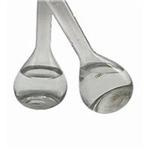
US $6.00/kg2025-04-21
- CAS:
- 8042-47-5
- Min. Order:
- 1kg
- Purity:
- 99%
- Supply Ability:
- 2000KG/Month
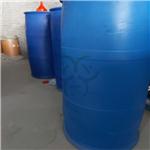
US $0.00-0.00/KG2025-04-15
- CAS:
- 8042-47-5
- Min. Order:
- 1KG
- Purity:
- 99%
- Supply Ability:
- 500000kg

